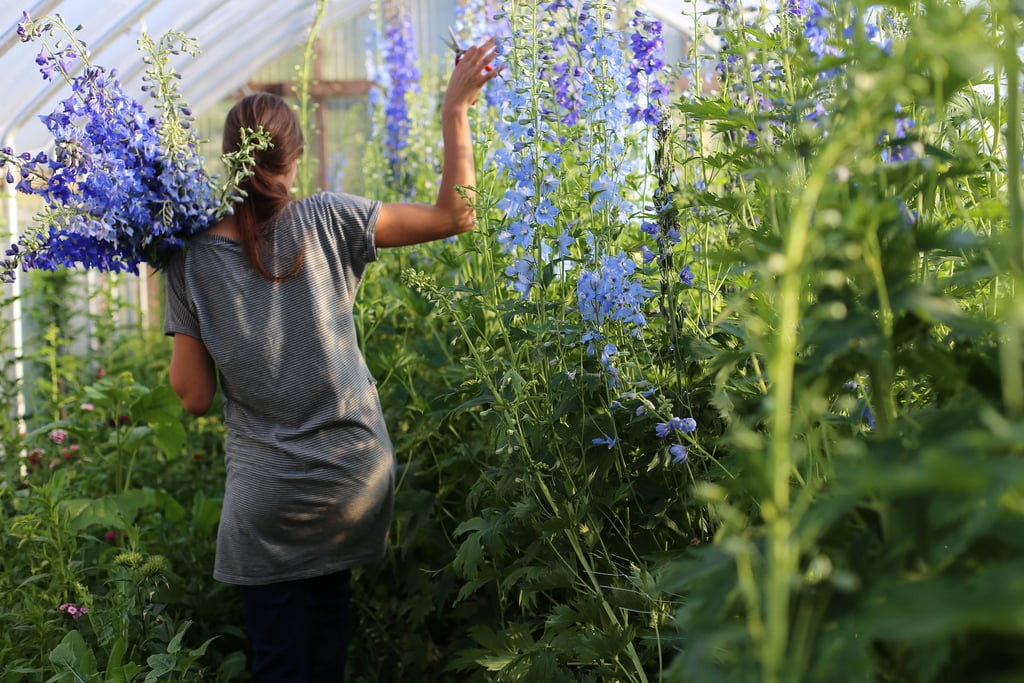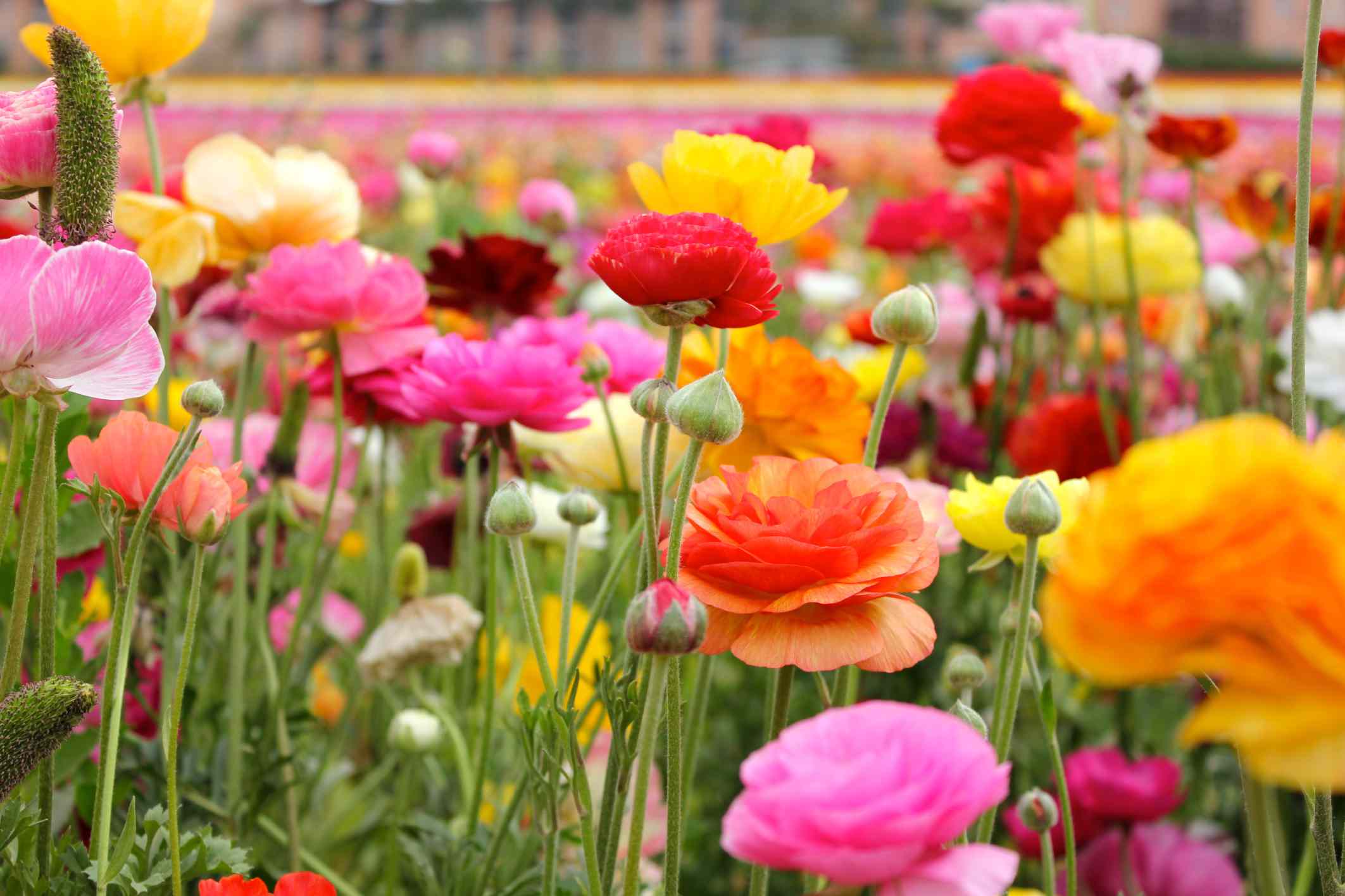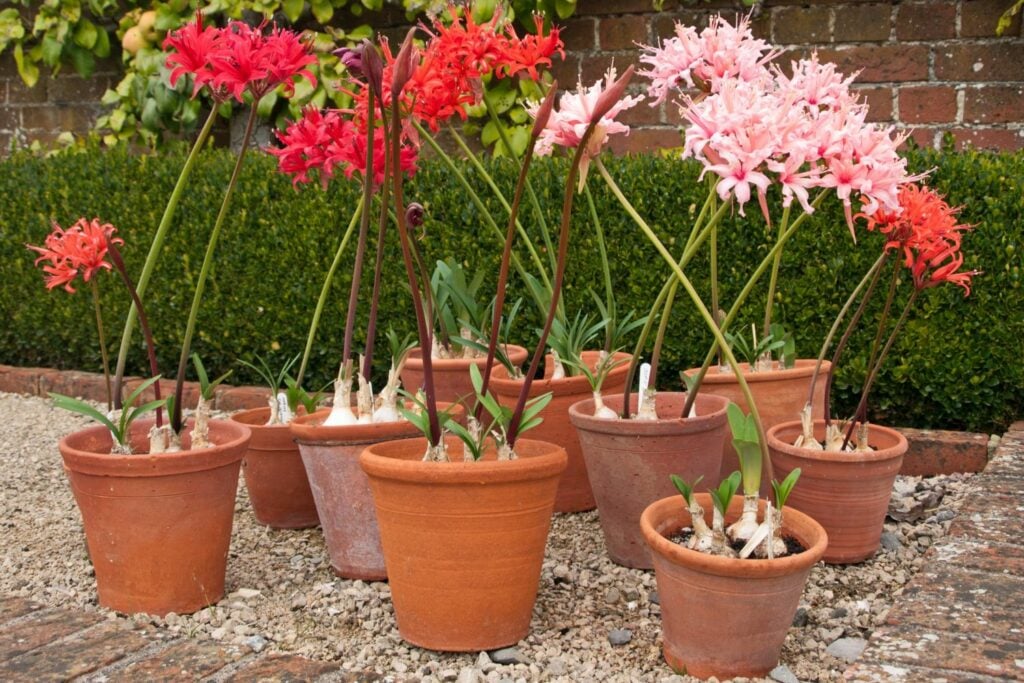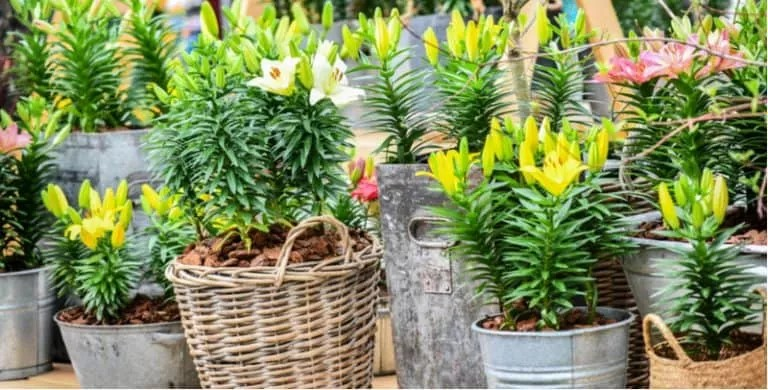A Quick Guide On Growing Magnificent Magnolias Trees

Table of Contents
Magnolias are ornamental plants. This plant is named after French botanist Pierre Magnol. These plants add a show-stopper glamour to your yard. Gardeners and plant parents love growing this green shrub/tree. Some Magnolia variants, like Southern Magnolia, can grow into beautiful trees up to 60–80′ in height and a spread of around 40′ when fully grown. They produce goblets or star-shaped flowers and are usually pink, white, purple and yellow-hued. When they fully bloom, Magnolia flowers can be as big as a saucer.
If you, too, are planning to add this beautiful plant to your house, then this article will be of great help. Here we have discussed the details of growing a Magnolia tree along with the Magnolia tree care tips that will help you.
Easy Steps to Grow Magnolia Plants
Part 1: Finding the Right Spot for Planting
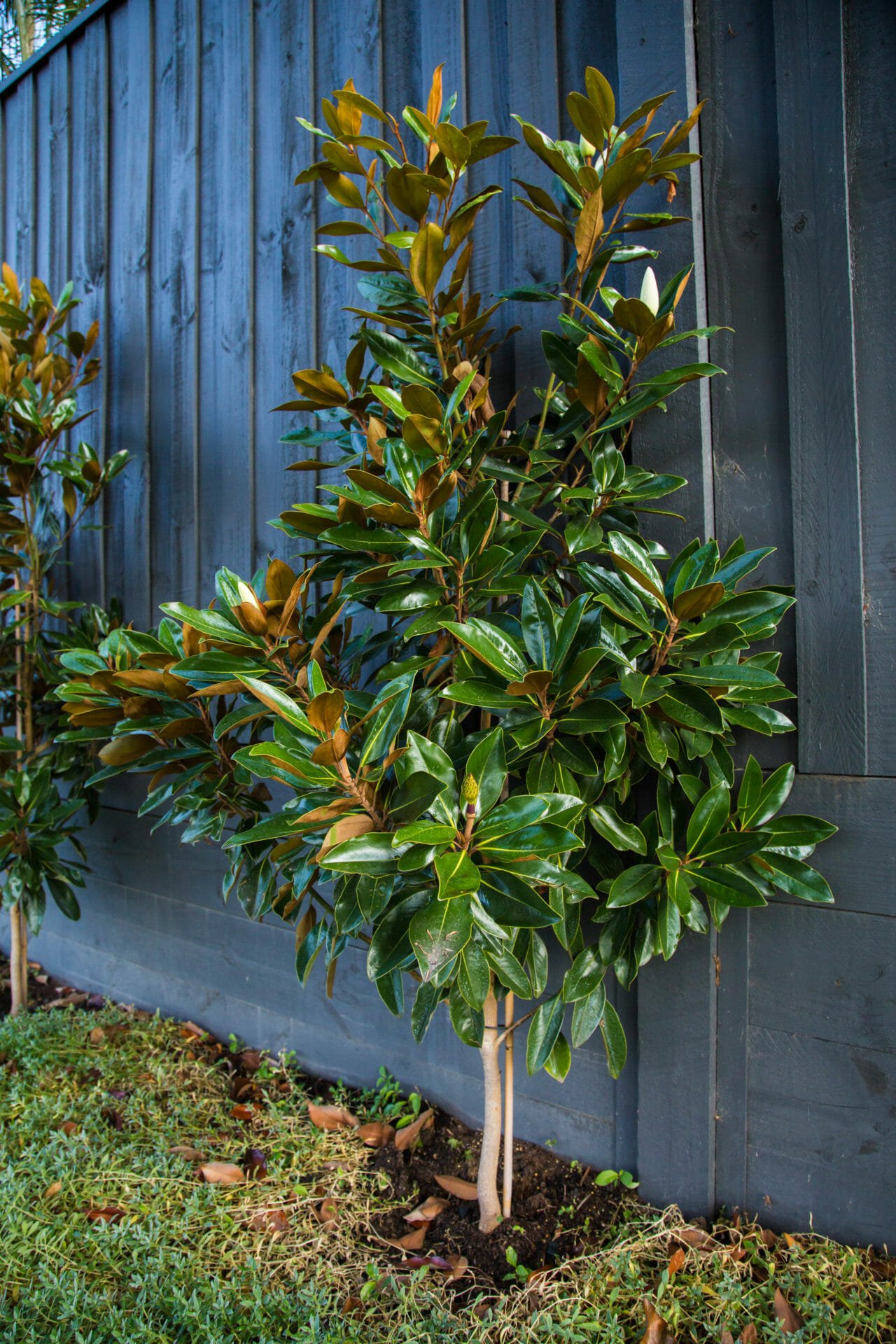
For the healthy growth of Magnolia, it is important to prepare the soil and find the right spot for the plantation. To get the healthy vegetation of this beautiful shrub/tree, you need slightly acidic soil along with ample sunlight. However, Magnolia siboldii can also grow well in shady areas. At the same time, focus on the climatic conditions. Magnolias grow well in temperate environments and are heat-tolerant. Freezing temperatures can adversely impact the growth of this plant, so focus on choosing the location where the plant is well protected and receives sun rays. Select the spot that is protected from winds. Large-flowered Magnolia need more protection from strong wind. Focus on giving enough space for the plant to grow and propagate.
Sun Coverage
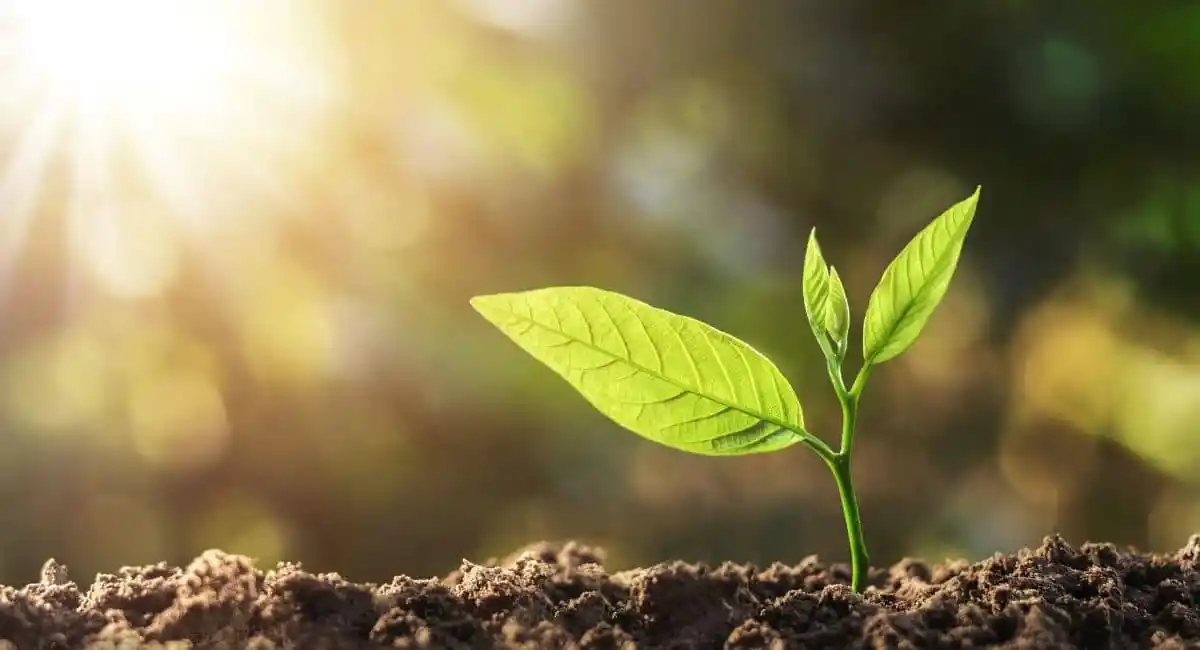
The next step to planting Magnolia trees is choosing a spot with ample sunlight. Although full sunlight creates an apt environment for its growth, this plant can also thrive well in little shade. But, the focus should be on planting the saplings in moisture-laden soil that receives sunlight every day. Some of the Magnolia trees may grow up to a few feet, like the Southern Magnolia, so you should plant it away from concrete driveways or sidewalks.
Focus on Maintaining Soil Fertility
Once you have found the apt location to plant the saplings, check the soil condition; for example, this plant species can grow in slightly acidic, well-drained, moist soil. So, you should maintain the fertility of the soil. Adding bio enzymes will boost the growth of this plant.
It’s Time To Plant
Now that you have the soil ready for plantation, collect some seed pods, or else you can also buy saplings from the nearby nursery. Nowadays, you also have the option to buy Magnolia seeds and saplings online.
Planting the Seeds
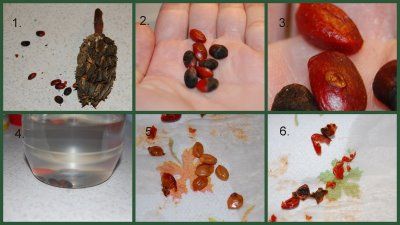
- If you are going ahead with seed plantation, make sure to remove the peel.
- Follow it by soaking the seed in warm water. Leave it overnight.
- Once the seed softens the following day, it is ready for planting.
- However, scarify the seed by scrubbing it lightly with a scrubber or steel wool before that. This will speed up the germination process.
- To sow the seeds, dig the soil at least 2 inches deep.
- Add the seed, cover it up with soil and sprinkle some water.
- Allow the seed to bloom, and in a few weeks, you can see plants sprouting.
Planting the Magnolia Sapling
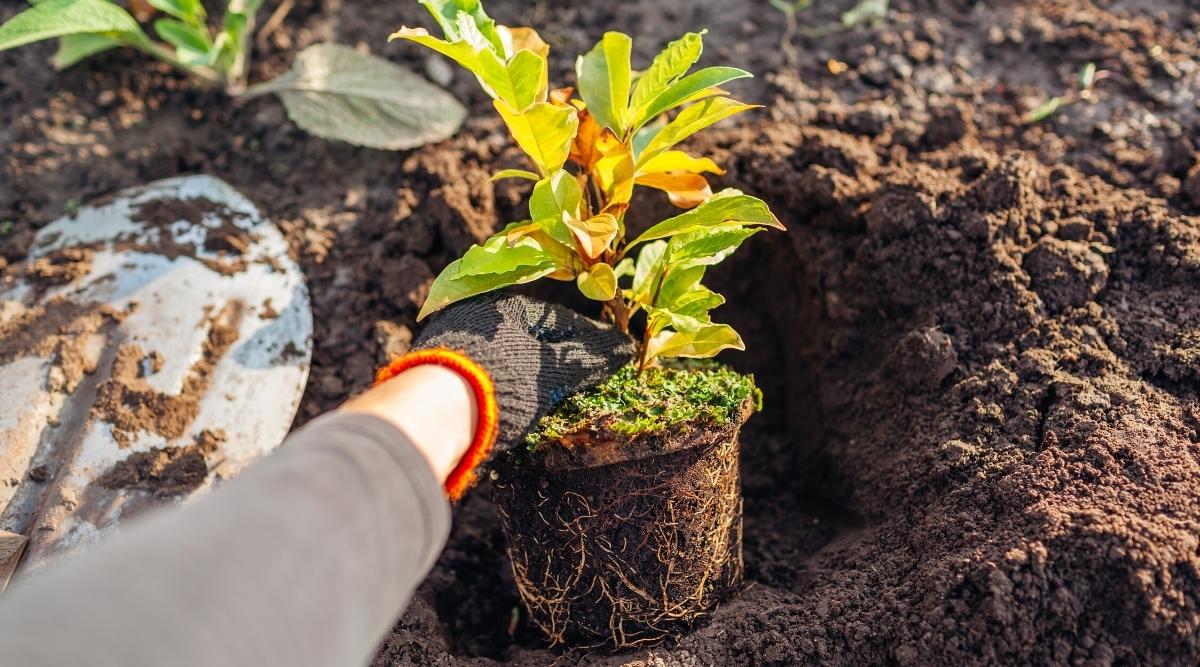
- Once you have bought the sapling, start digging a hole. The depth and width of the hole should be at least double the width of the root ball.
- Remove the upper layer of soil, and plant it there. However, make sure that root should be a bit exposed. It should be level with the ground.
- Prepare the soil by adding organic compost in the surrounding area where you have planted Magnolia.
- You should also add mulches for a few inches. It helps in locking the moisture. Thus ensuring that the sapling gets optimal growth conditions to grow and flower.
- Don’t miss adding fertilizer during the spring season. It will help in ensuring healthy flowering during the season.
Magnolia Planting Synopsis
- Begin with digging the hole, which should be double the size of the root ball.
- Make sure that the soil is well-fertilized
- Place the root ball in the hole and cover it with soil.
- Don’t plant the roots too deep; they should be a bit exposed to the surface.
- Lightly press the planted tree
- Water it abundantly
- You can also add mulch to retain the moisture.
Part 2: Caring for Your Magnolia Tree
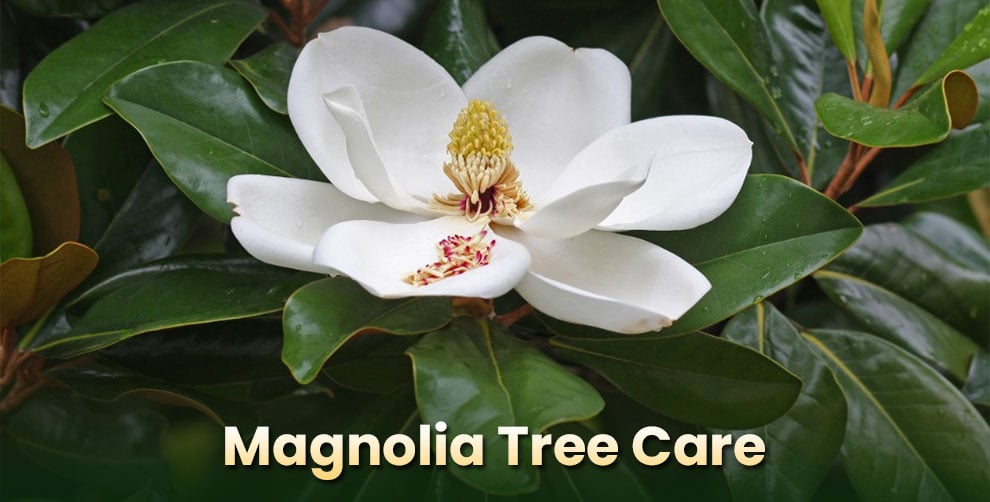
Once you have successfully planted a Magnolia sapling, you should also focus on taking proper care. Here are certain tips that will ensure the healthy bloom of the plant:
- Make sure that you keep the soil well-irrigated. It will promote the growth of the plant.
- If you planted the seedling, make sure that you water it 2-3 times a week for the first 3-6 months. After this, you can continue watering it once a week.
- Here you should remember that the watering time depends on the climatic conditions of your area. If you reside in a hotter area, you should water it frequently.
- Pruning is paramount as it ensures faster growth. You can schedule the pruning of Magnolia during late spring or the early summer. During this time, the trees stop blooming; hence, it is the right time to prune.
- Do not prune mature trees. Limit pruning to only plants that are in the growing period.
- Check if there is any pest growth. Since Magnolias are prone to pest infestation, which can impact their growth, and so it is necessary to keep a check on the growth of pests. In case you notice issues like white or black spots or rot on the leaf is because of the growth of bacteria or fungi. You can remove the infected leaf.
- Cankers’ diseases are very common in Magnolias. You can spot the infection on the branches. If you notice this, immediately remove the section.
- Make sure that the soil is fertile and well-watered. Although for a fully grown plant, you don’t need to water frequently, for a sapling in the growing stage, you must water it at regular intervals.
- While planting the seeds, make sure that you give enough space for them to grow. Trees won’t germinate if there isn’t sufficient space. Moreover, planting Magnolia trees near driveways or cemented spaces is not advisable as the root growth may damage the structure.
Part 3: Best Season To Grow Magnolia
The best time to plant a Magnolia tree depends on several factors, like climate and the variety of the plant. But generically, fall or winter is the right time to plan. Thus allowing the plant to establish its roots such that it can start growing during the onset of spring. You can also plant it during the early spring. This will give enough time for the roots to spread and be ready to bloom during the summer season. To maintain healthy growth, regular maintenance is important. You can fertilize the plant during the spring.
Part 4: Fertilizing Magnolia
As much as it is important to properly plant Magnolia and follow the checklist for its maintenance. It is equally significant to timely fertilize the plant so it blooms well. We have mentioned above that it may take years for you to see the first bloom. Adding fertilizer ensures heavy and healthy flowering. The best time to fertilize them is during early spring or before the new growth begins. However, there are certain key pointers to consider while fertilizing Magnolias:
- If this is the first season of the Magnolia plant, skip the fertilization.
- Remove the grass or any weeds growing near the branch
- Always add the fertilizer at a distance from the main branch. In the case of a Magnolia tree, add fertilizer at a distance of 1.5 ft from the main branch, and for a potted plant, keep the distance of at least 6 inches.
- Don’t miss to water the plant well after adding the fertilizer.
Wrapping It up
Magnolias are beautiful plants for your yard, and the right way of planting them ensures beautiful blooms during the season. Fertile soil, ample sunlight and watering ensure a voluminous flowering season. You can go ahead with planting seeds or saplings; the above-mentioned steps will assist you. Remember, regular pruning and fertilization are important for the plant to thrive and enjoy healthier growth.
You can easily buy Magnolia seeds and plants online. However, if you have decided to buy a sapling, make sure that it is a healthier one and free of any leaf spots. Also, check the variety of Magnolia, as the growing conditions may vary based on the variant of the plant. With these basic tips, you can enjoy the healthy flowering season of Magnolia every time.
Frequently Asked Questions (FAQs)
What Type of Soil Promotes the Growth of Magnolia Trees?
Usually, these trees propagate well in slightly acidic soil. Make sure that it is well-fertilized and moistened. A good amount of sunlight is also critical for plant growth.
What is The Right Time to Prune Magnolia?
Although you may not need much pruning, timely trimming it down boosts growth. You can schedule pruning during the early summer or late spring.
What are The Favoring Conditions for The Growth of Magnolia?
- Optimal sunlight
- Fertilized and well-drained soil
- Acidic soil favours the growth of Magnolia
- Slight shade is also important
How Long Does it Take for Magnolia Plant to Bloom?
You have to be very patient if you are looking for a Magnolia plant to bloom.
When is The Right Time to Plant Magnolias?
The best season would be between October and March.
How do I Protect Magnolia Plants From Pest Infestation and Plant Diseases?
Magnolia trees can be susceptible to a variety of pests and diseases. This can impact its growth and flowering. Hence, the best way to protect the plant is to ensure the removal of infected parts immediately. Adding insecticides and pesticides can help control the infestation and spread of the disease.

![Pelargonium Citrosum ‘Citronella’ Plant [Growing and Caring Tips]](https://staging.thearches.co.uk/wp-content/uploads/Pelargonium-Citrosum-Citronella-Plant.jpeg)
